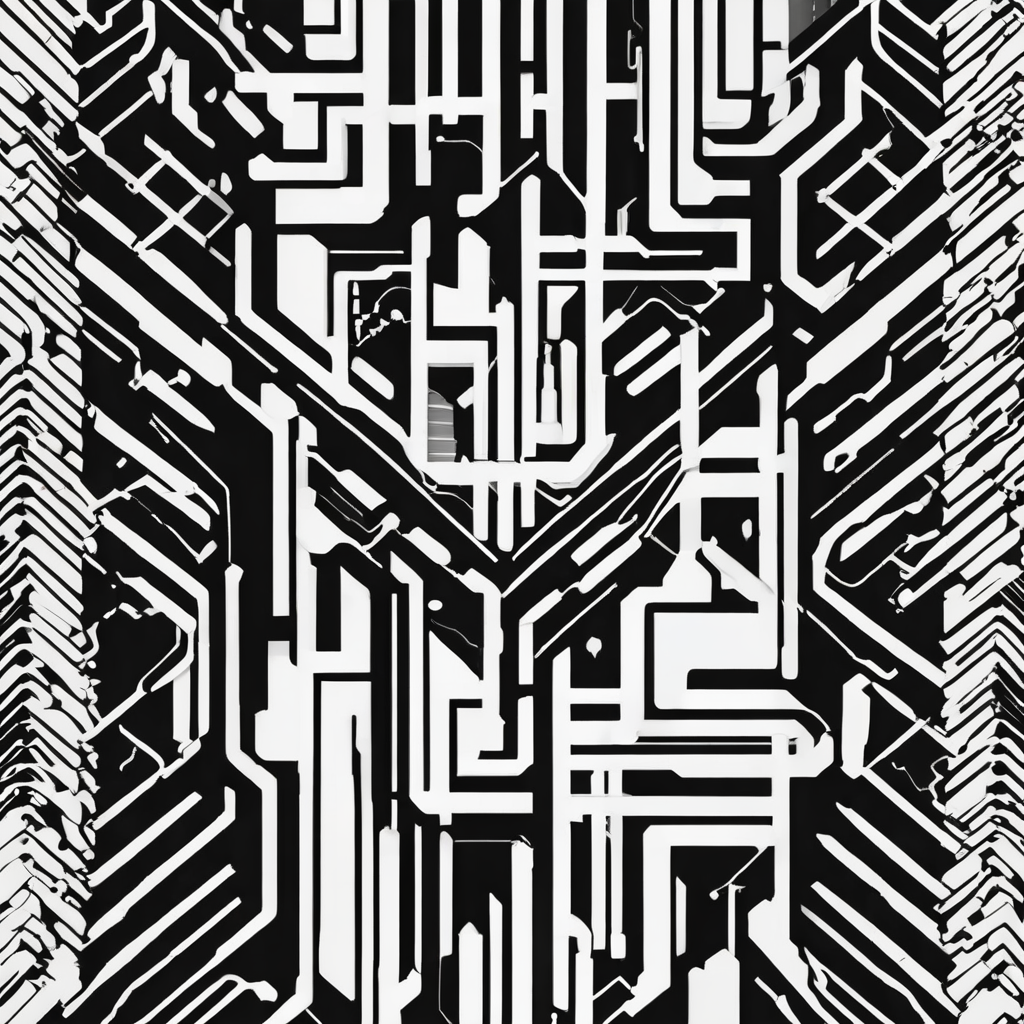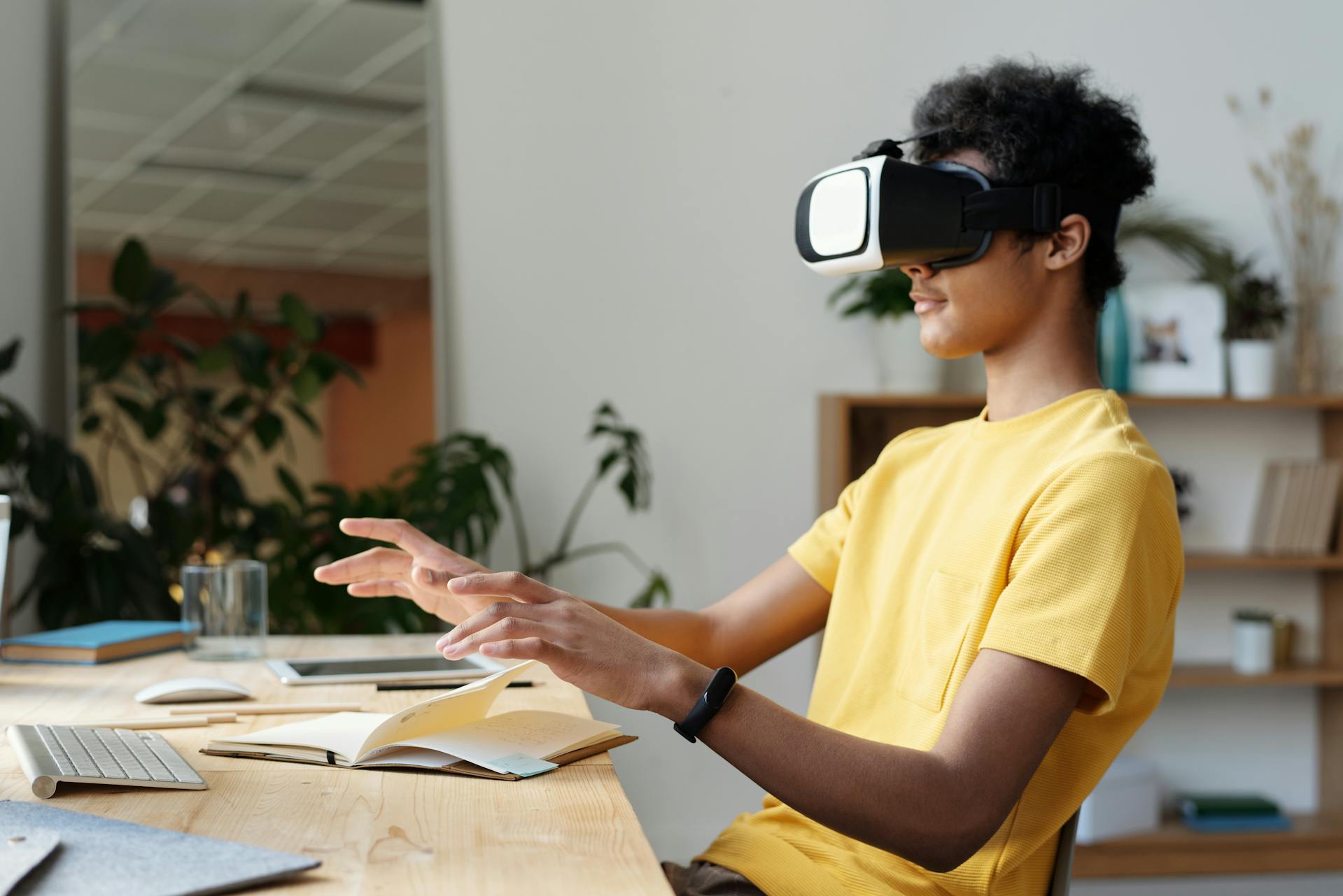In today’s rapidly evolving educational landscape, UK universities seek innovative methods to enhance student engagement and learning outcomes. Virtual reality (VR) emerges as a standout solution, offering highly immersive experiences that transcend traditional classroom boundaries. By leveraging VR technologies, universities can create dynamic and interactive environments conducive to experiential learning. This article delves into how UK universities can harness VR to provide immersive learning experiences, reshaping the future of education.
The Role of Virtual Reality in Higher Education
Virtual reality is transforming the higher education sector by providing students with immersive experiences that are both engaging and educational. Unlike traditional learning methods, VR allows students to interact with educational content in a fully immersive environment, making learning more experiential and impactful.
Also to discover : What techniques can enhance the robustness of cloud security for UK enterprises?
Immersive Learning Environments
VR creates immersive learning environments where students can actively participate in simulated activities. Imagine a biology class where students can explore the human body in 3D, or a history class where they can virtually visit ancient civilizations. These experiences are not just visually appealing but also enhance understanding and retention of complex concepts.
Enhancing Engagement and Motivation
Engagement and motivation are critical for effective learning. Virtual reality captivates students’ attention by providing a sense of presence and immersion. This heightened engagement leads to greater motivation, encouraging students to explore topics more deeply and retain information better.
Also to discover : How can UK-based SaaS providers optimize their platforms for international scalability?
Real-Time Feedback and Assessment
One of the significant advantages of VR in education is the ability to provide real-time feedback and assessment. Students can receive immediate feedback on their performance, allowing them to understand their mistakes and improve quickly. This immediate feedback loop is especially beneficial in fields like medicine and engineering, where practical skills are paramount.
Practical Applications of VR in UK Universities
UK universities are at the forefront of integrating VR into their curricula. Various practical applications demonstrate the diverse ways VR can be utilized to create immersive learning experiences.
Medical Education and Training
VR is revolutionizing medical education by providing realistic simulations that allow students to practice surgical procedures and clinical skills in a risk-free environment. These immersive experiences enhance students’ confidence and competence, preparing them for real-world challenges.
Virtual Field Trips
Field trips are an essential part of education, but logistical and financial constraints often limit their feasibility. Virtual field trips offer a cost-effective solution, allowing students to explore diverse locations without leaving the classroom. From ancient ruins to modern engineering marvels, VR makes it possible to explore the world from a unique perspective.
Soft Skills Development
Developing soft skills such as communication, teamwork, and problem-solving is crucial for students’ personal and professional growth. VR can simulate real-life scenarios where students practice these skills in a safe and controlled environment. For instance, business students can participate in virtual meetings or negotiations, honing their skills through experiential learning.
The Technology Behind Immersive Learning
Several technologies underpin the creation of immersive learning experiences. Understanding these technologies helps universities effectively integrate VR into their educational strategies.
Augmented Reality and Mixed Reality
While VR creates entirely virtual environments, augmented reality (AR) and mixed reality (MR) blend virtual elements with the real world. AR overlays digital content onto the physical environment, enhancing the learning experience. For example, AR can be used in architecture courses to visualize building designs in real-time, allowing students to interact with their creations.
Simulation and Real-Time Interactivity
Simulations are at the heart of immersive learning. These simulations replicate real-world scenarios, allowing students to practice and experiment without the constraints of reality. Real-time interactivity ensures that students receive immediate feedback, facilitating a deeper understanding of the subject matter.
Educational Content and Customization
Creating effective VR educational content requires careful planning and customization. Universities must collaborate with content developers to design interactive and engaging experiences tailored to their specific needs. Customization ensures that the educational content aligns with the curriculum and learning objectives.
Overcoming Challenges in Implementing VR
Integrating VR into the educational framework presents certain challenges. Addressing these challenges is crucial for the successful adoption of VR in UK universities.
Cost and Accessibility
The cost of VR equipment and content development can be a significant barrier. However, as technology advances, the cost of VR headsets and software is gradually decreasing. Universities can explore cost-effective solutions and partnerships to make VR accessible to a broader student population.
Training and Support
Effective implementation of VR requires proper training and support for both educators and students. Universities must invest in training programs to ensure that educators are proficient in using VR tools and integrating them into their teaching methods. Additionally, providing technical support ensures a seamless VR learning experience.
Ensuring Quality and Relevance
The quality and relevance of VR content are critical for its effectiveness. Universities must collaborate with experts to develop content that is accurate, engaging, and aligned with the curriculum. Regular updates and reviews ensure that the content remains relevant and up-to-date.
The Future of Immersive Learning in UK Universities
The future of immersive learning in UK universities looks promising. As technology continues to evolve, VR will play an increasingly significant role in shaping the educational landscape.
Emerging Technologies
Emerging technologies such as haptic feedback and AI-driven simulations will further enhance the immersive learning experience. Haptic feedback provides tactile sensations, adding a new dimension to VR interactions. AI-driven simulations offer personalized learning experiences, adapting to individual student needs and preferences.
Expanding Applications
The applications of VR in education are continuously expanding. From STEM fields to social sciences, VR can be integrated into various disciplines, providing innovative ways to engage and educate students. As more universities recognize the potential of VR, its adoption will become more widespread.
Collaborative Learning
VR fosters collaborative learning by enabling students to work together in virtual environments. Group projects and discussions can take place in immersive settings, promoting teamwork and communication skills. This collaborative approach mirrors real-world working environments, preparing students for future careers.
Bridging the Gap
VR has the potential to bridge the gap between theoretical knowledge and practical application. By providing hands-on experiences, VR helps students apply what they have learned in real-world scenarios. This experiential learning approach enhances critical thinking and problem-solving skills, making students more adept at tackling complex challenges.
The integration of virtual reality into the educational frameworks of UK universities heralds a transformative era for learning. By creating immersive learning experiences, VR offers students a unique and engaging way to interact with educational content. From medical simulations to virtual field trips, the applications of VR are vast and varied. As technology continues to advance, the potential for VR in education will only grow, offering new and innovative ways to enhance the learning experience.
In summary, UK universities can use VR to create immersive learning experiences by leveraging its ability to simulate real-world scenarios, provide real-time feedback, and foster engagement and motivation. By addressing challenges such as cost, training, and content quality, universities can successfully integrate VR into their curricula, preparing students for the future. The future of education lies in immersive technologies, and VR is at the forefront of this exciting transformation.






